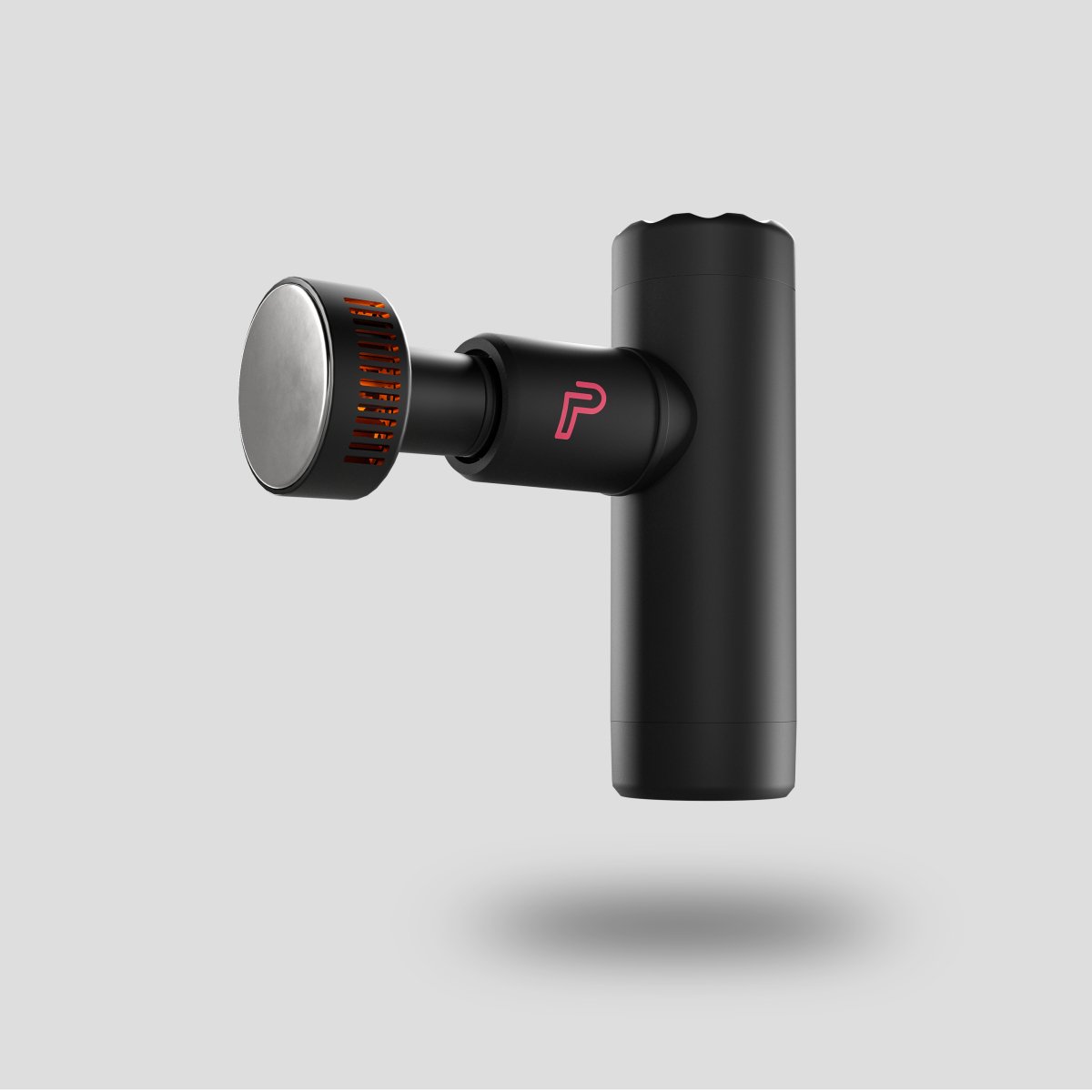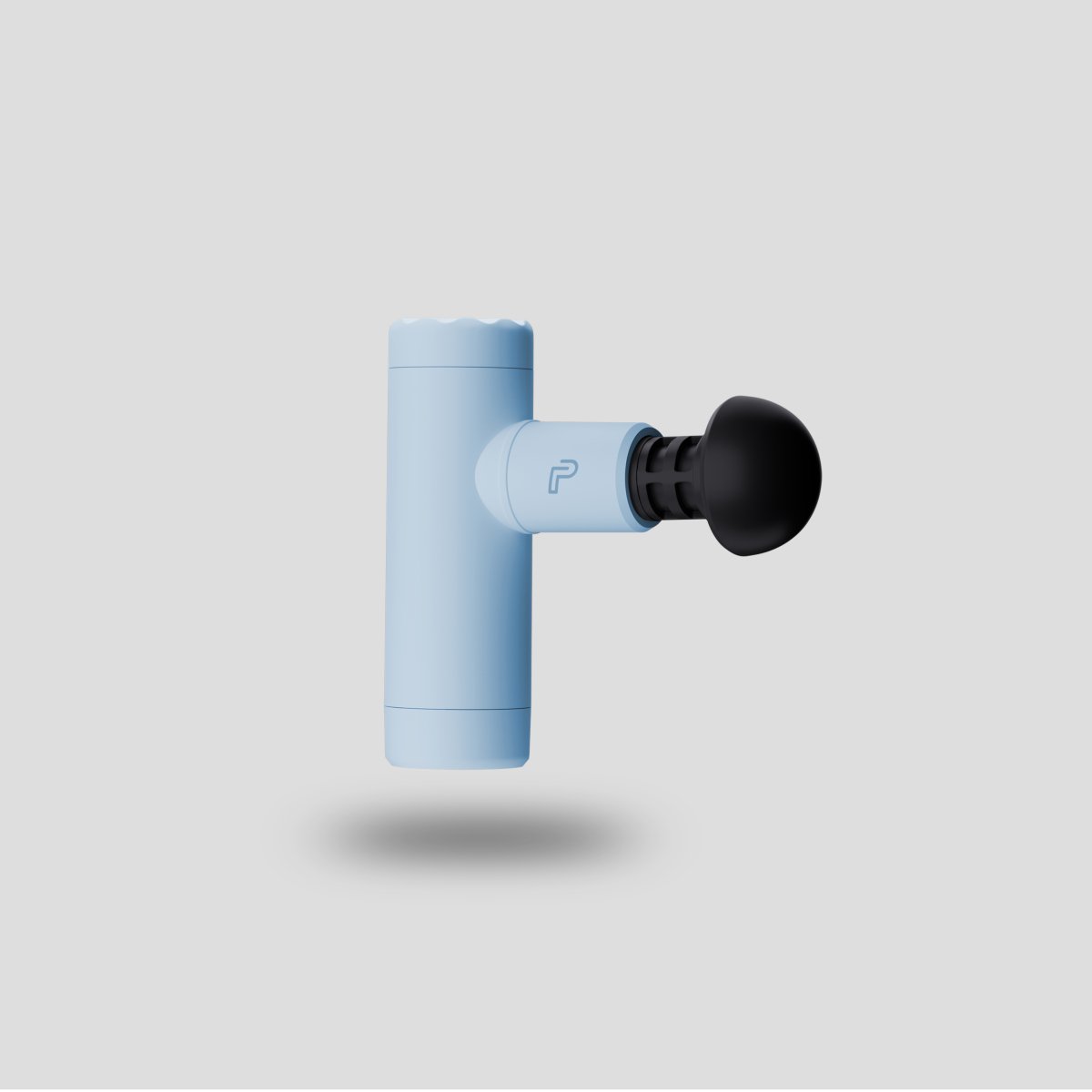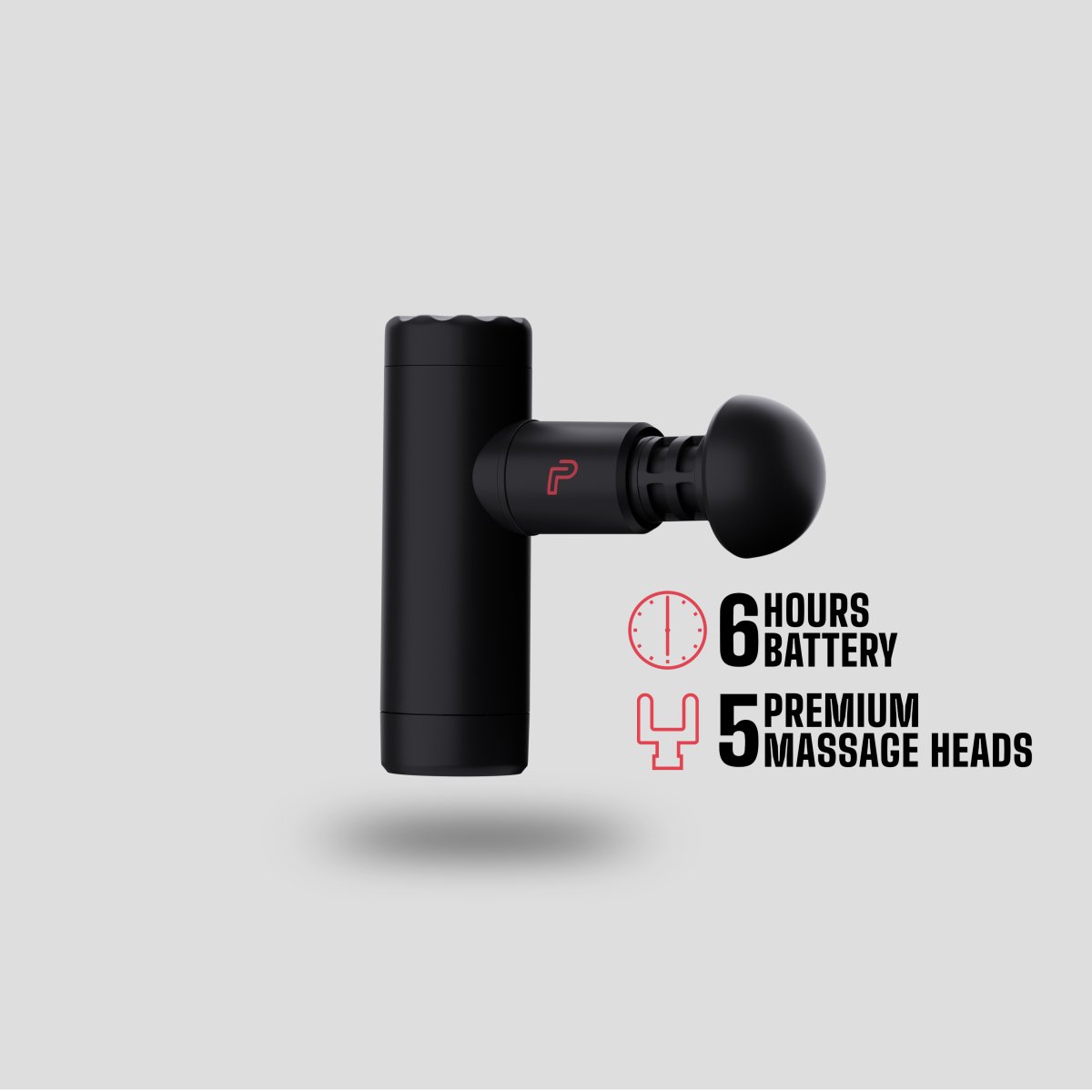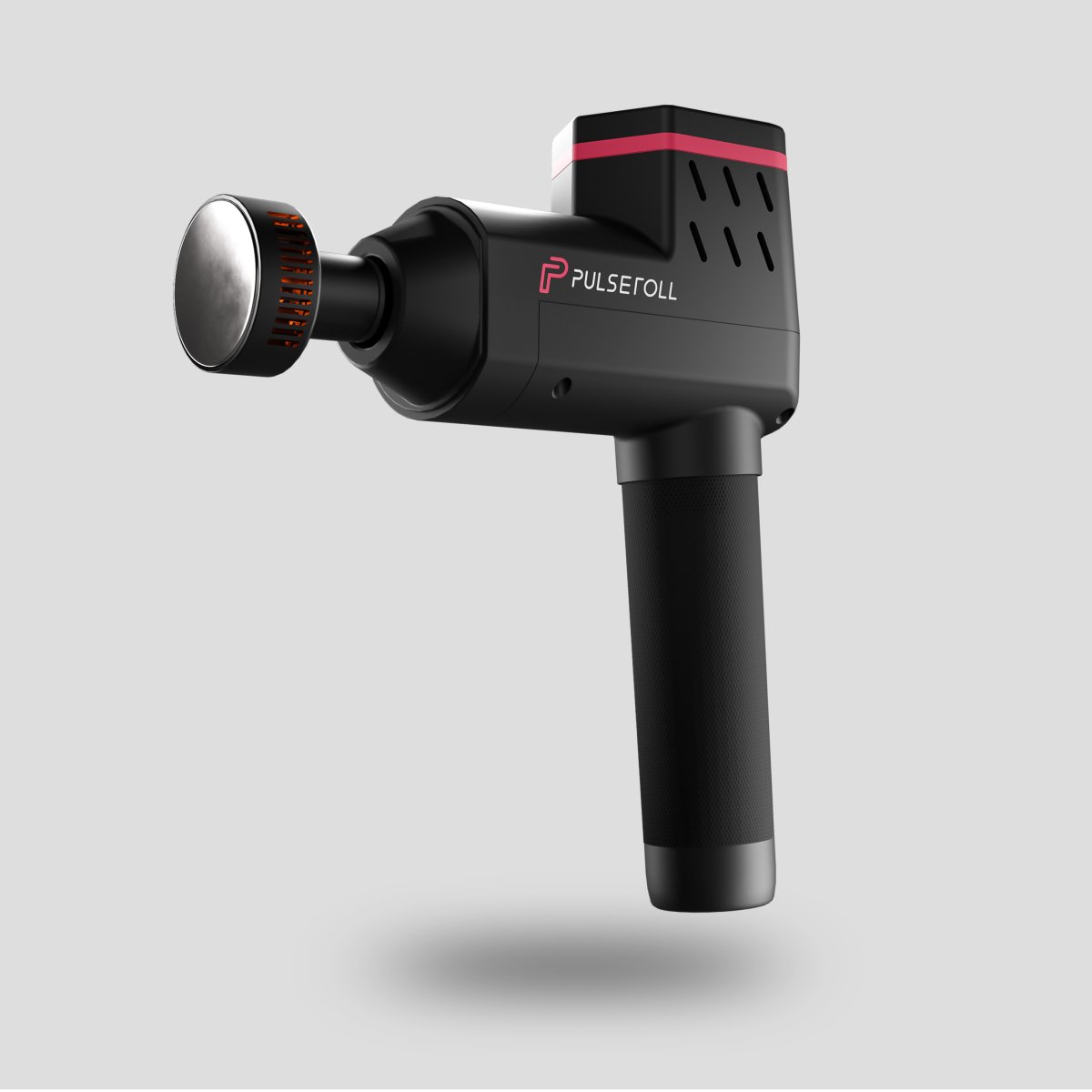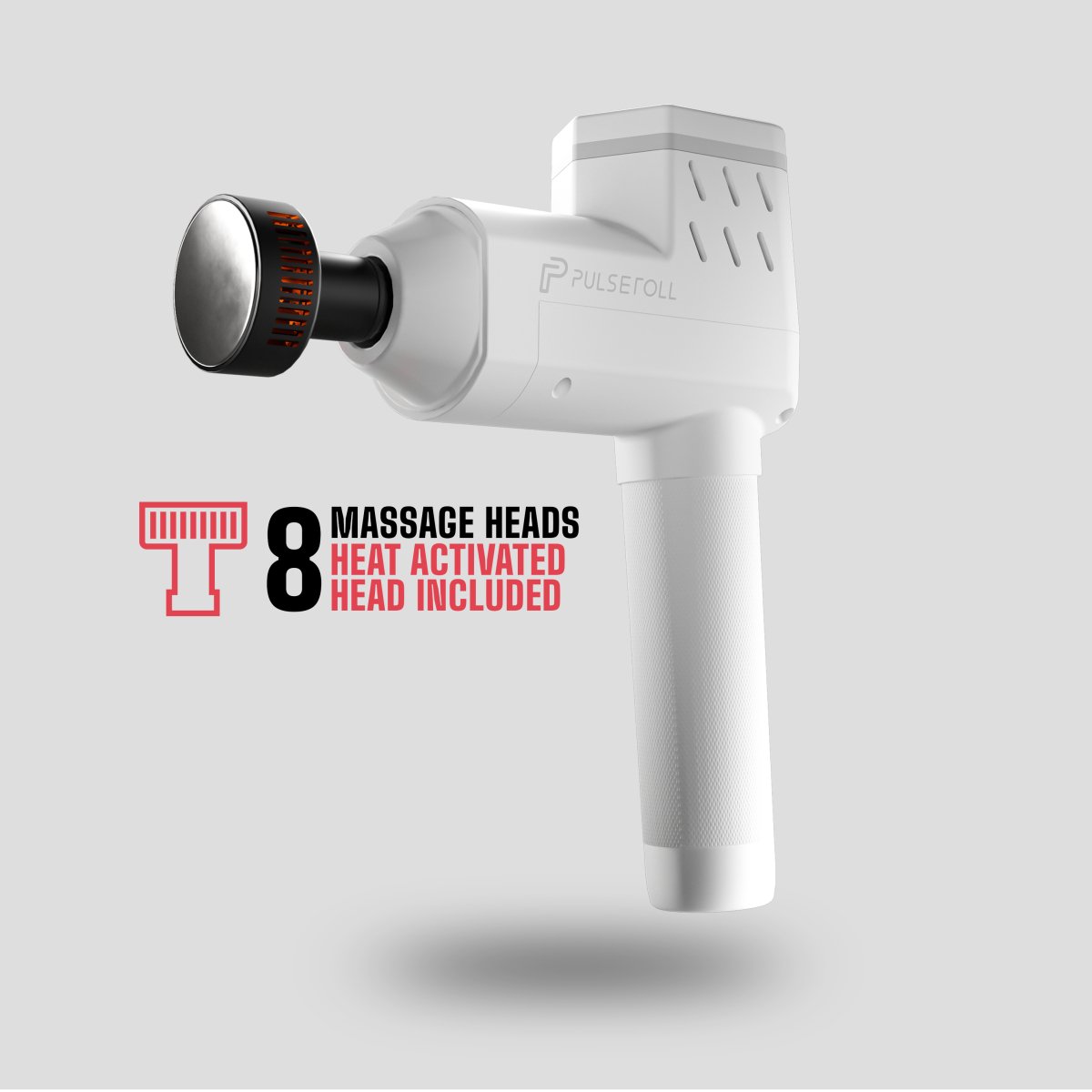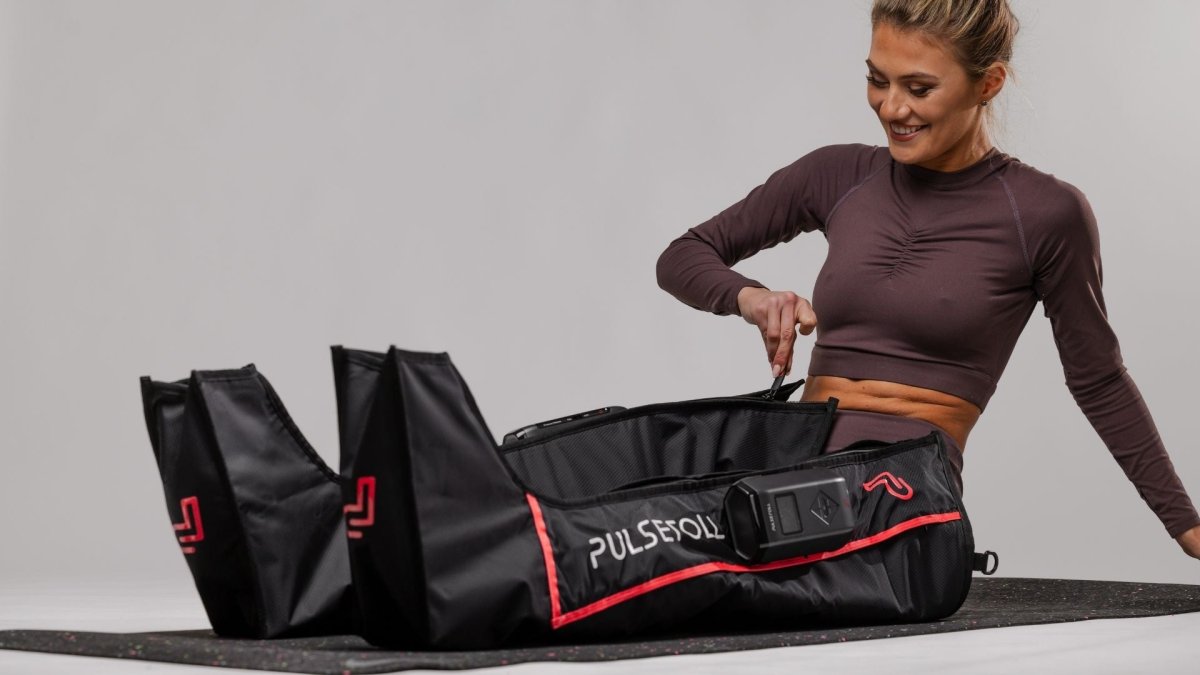Nothing gets in the way of exercise and running than pain. If you’re repetitively putting strain & stress on a muscle or bone, it’s likely to result in an injury.
Common running injuries include runner’s knee, shin splints, and plantar fasciitis. These kinds of injuries can be made significantly worse by many different things like increasing intensity, frequency, or duration of exercise. Even the wrong type of running shoes could be adding to the problem, so it is important to ensure you are using the correct running gear and tools!
We know how important it is to take care of your body, so read on to learn some of our sore muscle recovery tips to help avoid running injuries!
1. Improve flexibility

A flexible muscle more easily achieves its full range of motion, therefore, making the muscle much less injury prone. To improve your flexibility, you can do this by stretching regularly and varying the stretching practices you do.
2. Strengthen the glutes
The glutes are important for runners as they provide the leg stability and power you need to run to your full ability. To help prevent injuries, you need to have good balance on each leg. Try practising glute bridges and squats to strengthen the glutes.
3. Warm up properly
This point is extremely important! Don’t mistake stretching before a run as a warm up. This won’t effectively warm up the muscles to the extent required for a successful run. Try jogging on the spot or performing basic exercises such as star jumps. These exercises will warm up your body and, more specifically, your muscles.
4. Find the right running shoes

Having the correct shoes is so important for running! You need to support your body correctly throughout the miles of strenuous running. So, make sure you get to know your feet and treat them to the best support possible.
5. Build your core strength
Strengthening your core provides you with stability and balance. This is important for running, particularly as it can help to prevent knee pain. Similar to strengthening the glutes, it also helps with balance.
6. Know your limits
Although it is easily done when you are wanting to reach a certain goal or are adamant to beat a previous record time, don’t be tempted to push yourself too hard, too fast. While it is good to encourage your body to work hard, it’s so important to not push your body to breaking point. Treat your body with kindness!
7. Foam rolling
Perhaps one of the best and most effective ways to avoid long-term running injuries is to invest in muscle recovery tools for runners! Foam rolling is a great way to do this, specifically by rolling the thighs and calves. Foam rolling helps improve range of motion and ease muscle soreness. It’s a lot more effective if you foam roll regularly, even on your rest days!
Try the Pulseroll vibrating foam roller, an updated version of the regular roller. It works by using vibration technology to get deep into the muscle so you don’t need to physically roll so much. It eases muscle soreness after exercising, but if used regularly it can help ease the effects of DOMS before they even occur!
For the best muscle recovery tools for runners, check out our full range of products now!






